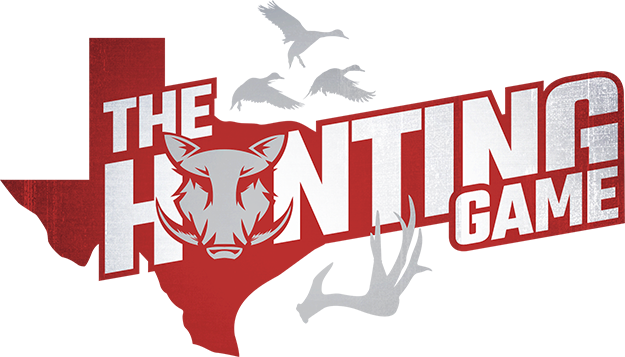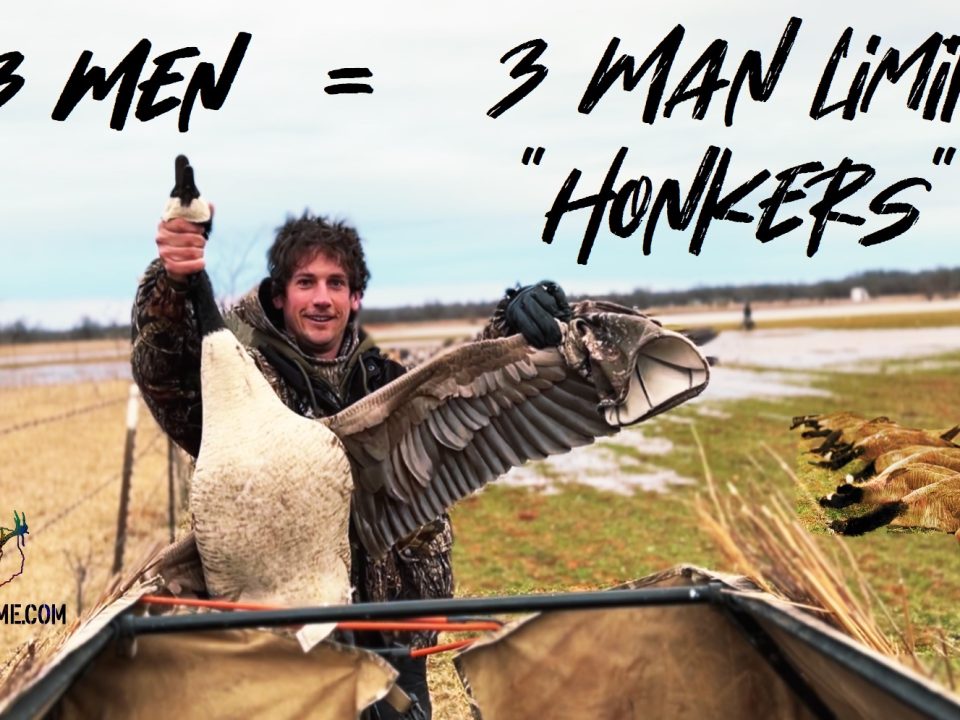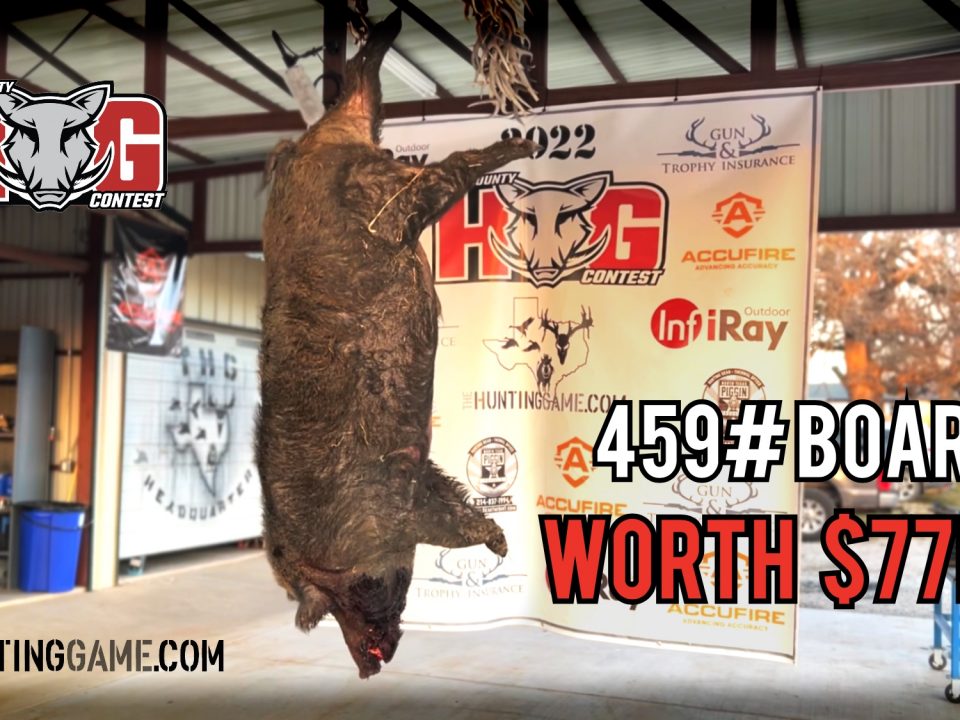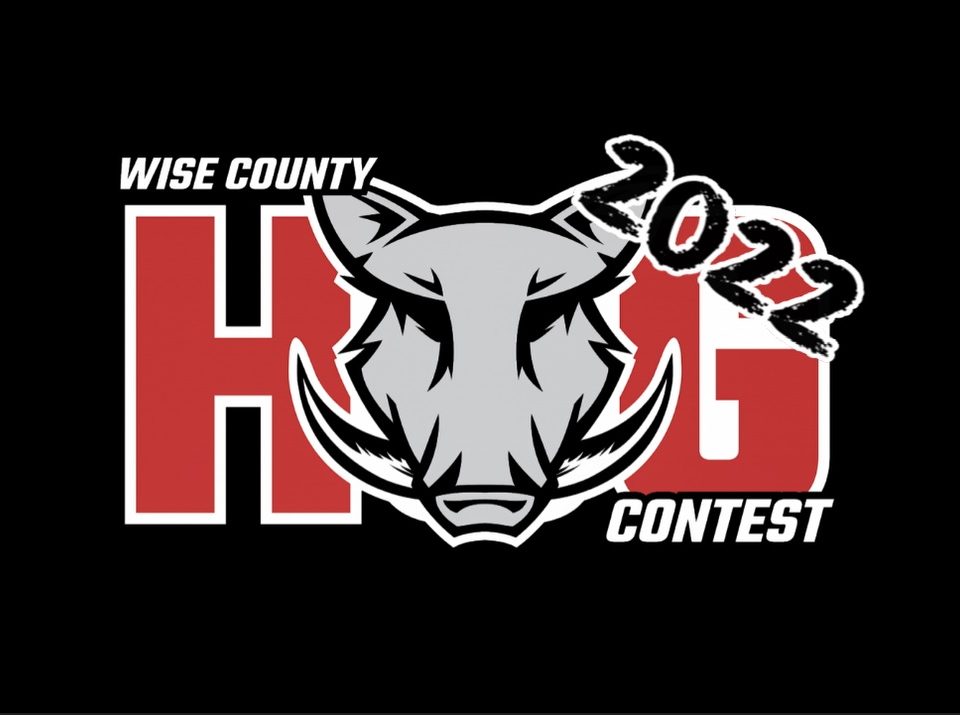As a hunter, I know the last thing you want is a call from your taxidermist saying that there is an issue with your cape. You know, the stuff nightmares are made of. With the hope of avoiding these circumstances, I am writing this piece so that it might save me or my fellow taxidermists a bunch of unnecessary work and most importantly, save our customers, the hunter, from heartache when they are called to pick up their trophy mount.
It’s hard to know where to start but I’m going to begin by stating you can’t over think this. You can’t start planning for your trophy too soon. In fact, I would suggest thinking it through way before you ever set foot afield. You have to know what kind of mount you want, where you’re going to hang it or set it and then follow through with the proper care once you have taken it. I can’t possibly cover everything in one article so I will focus on shoulder mounts only in this article.
Shot placement is very important for obvious reasons but also for taxidermy. When taking your critical shot, try not to shoot the animal in front of the shoulder. If you do, it does not ruin the cape but causes more work and can increase your costs.
Never cut the throat. Although this can be fixed and made to look like it never happened it may cost you more in the long run because it is more work for the taxidermist and it is not necessary. When field dressing your deer, do not cut the brisket open. All you need to do to get everything out is cut from the genitals up to the rib cage. You will have to reach in there and get dirty but on a cold morning warm blood feels pretty good on cold hands. I see so many deer ripped from the rear all the way up to the neck and I just don’t understand it. Skin it and then cut the brisket open! If you are worried about cooling it down, purchase some bags of ice and stick them in the chest cavity, but don’t get the hair wet. Wet hair can increase bacteria production and that translates to slippage. I have done that countless times when traveling from state to state and the results have been good for me because the hair did not slip and the meat did not spoil.
Do not drag your deer in such a way as to make drag marks on or in front of the shoulder. You do not want your taxi to have to fix bald spots by cutting the bald areas completely out and sewing up the skin. It can be hidden but it is better to avoid altogether if at all possible.
I was on a hunt with a friend a few years ago in which my friend killed a buck. When he got over to it, the deer was still alive, so he put another round in the middle of the forehead and then proceeded to drag it about a third of a mile with his four-wheeler. By the time he got to the truck, most of the hair had been rubbed off around the eyes and the skull plate was broken, so the antlers just kind of flopped around like a live crappie on a boat dock. Well, I mounted this deer and it turned out alright, but please use this as an example of what not to do because the expense of repairing skull plates and cutting out and sewing bald spots together is not figured in to the standard cost of a shoulder mount. You will have to pay!
If you are caping your own deer please do not cut anything in front of the shoulder and the front of the legs unless it is at or below the knee. Start the process by cutting all the way around the body at least a foot behind the shoulder. This will leave enough hide on the cape in case you decide on getting a floor or wall pedestal. Then, cut all the way around each front leg at the knee. The next step is to cut directly behind the left leg, cut straight in toward the leg from the cut you have already made around the body to the back of the leg and down the back of it to the cut you made around the knee (figure 2b). Repeat this process on the right front leg as well and then you can begin the skinning part of the process. If you are in doubt about this process please check the diagram.
Be careful not to cut through the thin skin in the armpits and the brisket area. Continue skinning up the neck until you get about 3 inches from the base of the skull. Cut through the meat and sever the spinal column and you are finished. Wrap it up and get it in the freezer or get it to the taxidermist as soon as possible. Bad things start to happen quickly on warm days so this entire process should be done as quickly as possible.
To sum it all up;
- 1. Do not shoot it in front of the shoulder if at all possible!
- 2. Do not cut the throat!
- 3. Do not drag if it can be avoided!
- 4. Do not cut the brisket!
- 5. Points 1 – 4 equals no unexpected costs!
I hope this has been a helpful read for you and I hope it saves you some trouble and money down the road. Please don’t hesitate to contact me at RutCountry@yahoo.com or comment below with any questions you might have.






